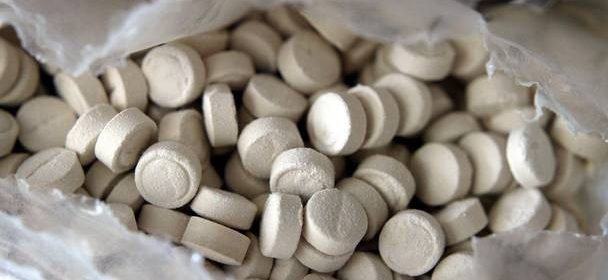More women than men reporting benzo and opiate use when seeking help for alcohol addiction

Benzodiazepine and opiate use is being reported by more women than men seeking treatment for alcohol addiction problems according to new figures from the Health Research Board (HRB).
While alcohol remains the main problem drug that people enter treatment for in Ireland, the problem of polydrug use, where more than one drug is taken, remains a persistent difficulty.
The latest HRB figures show there were 55,675 cases of people being treated for problem alcohol use in Ireland between 2011 and 2017.
The figures now show that three-in-every four cases were alcohol dependent, women have similar rates of alcohol dependence to men, and polydrug use affects one in five cases presenting for treatment.
Benzodiazepine use is reported by 29pc of females compared to 21pc of males, and opiate use is reported by 21pc of females compared to 12pc of males.
“Alcohol remains the main problem drug that people enter treatment for in Ireland. The HRB generate this report each year by analysing data from multiple treatment services across Ireland, which provides solid evidence to inform policy and plan health services for alcohol treatment,” said Dr Darrin Morrissey, Chief Executive at the HRB.
Commenting on the trends over time, which are based on figures from the National Drug Treatment Reporting System, Dr Suzi Lyons, Senior Researcher at the HRB said there is a continued increase since 2011 in the percentage of new cases who were already dependent on alcohol when they present to treatment for the first time, from 50pc in 2011 to 68pc in 2017.
“This means that more people are presenting when the problem is already severe which makes treatment more complex and recovery more difficult,” she explained.
“One-in-five cases seeking treatment report problem use of more than one drug, which is known to make recovery harder. That, in conjunction with the very high percentages of cases that are alcohol dependent, point to the chronic nature of addiction,” said Darrin Morrissey.
The proportion of cases that involved homeless people rose from 6pc in 2011 to 8pc in 2017.
Source: Read Full Article